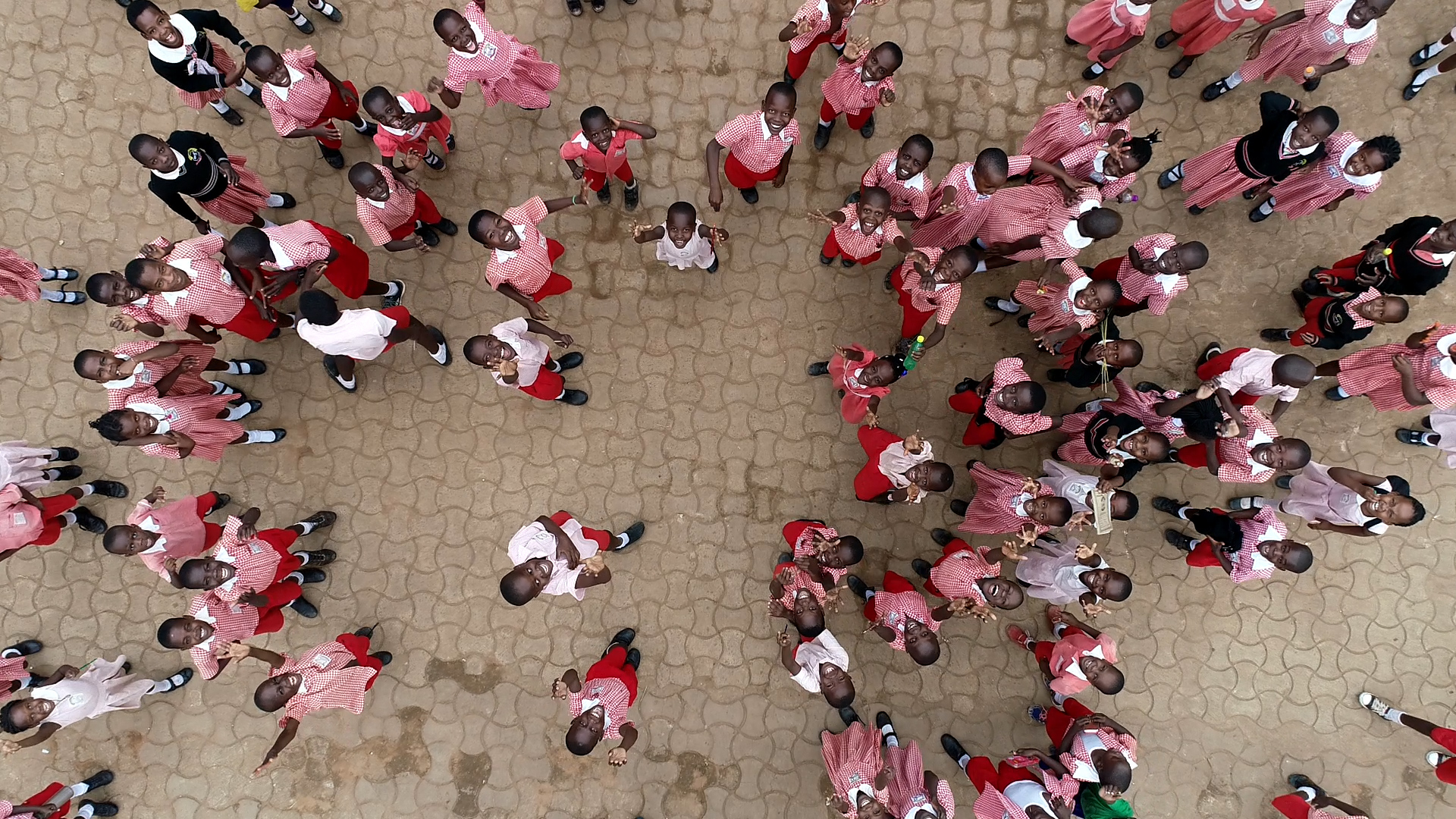Bihar region
Venkat Reddy is National Convenor at MV Foundation, one of the WNCB partners in the Bihar region. He describes his region as one of bad literacy and poverty. “Compared to other regions in India everything is pretty bad here”, he emphasises. “There is poverty, literacy is low, many men migrate for work to South India, North India, or the large cities, leaving the women in the villages with the burden of raising their families. Lack of income forces too many children to work in the so-called informal sector. That is the agriculture sector, or small shops or private working places. Most of their parents, probably around 99 percent, have not gone to school themselves. So, it is certainly not a given that they will send their children to school.”
Often, in remote areas, there are no schools. And if schools are in place, they tend to be functioning badly. For many children it is more than 3 or 4 kilometres of walking to reach a school. “Also, the caste system of Dalit prevails strongly in our region”, Venkat comments. “You can easily identify these children. Most of them are not accepted in schools. The real reason behind it is not even that they are officially refused by the schools, but because other community children may leave school at the very moment when Dalit children will join classes. This is the reality of where we work.”
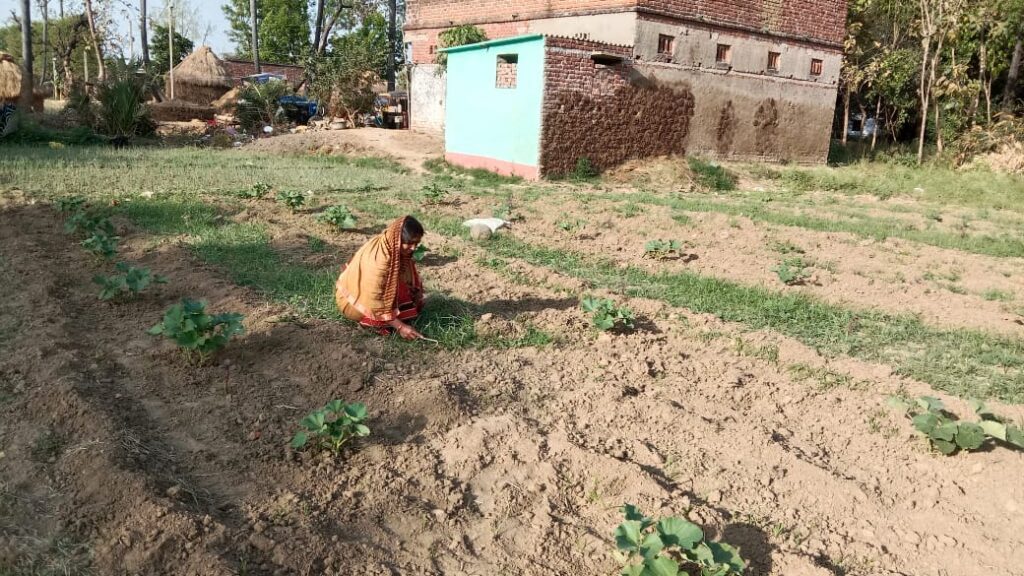
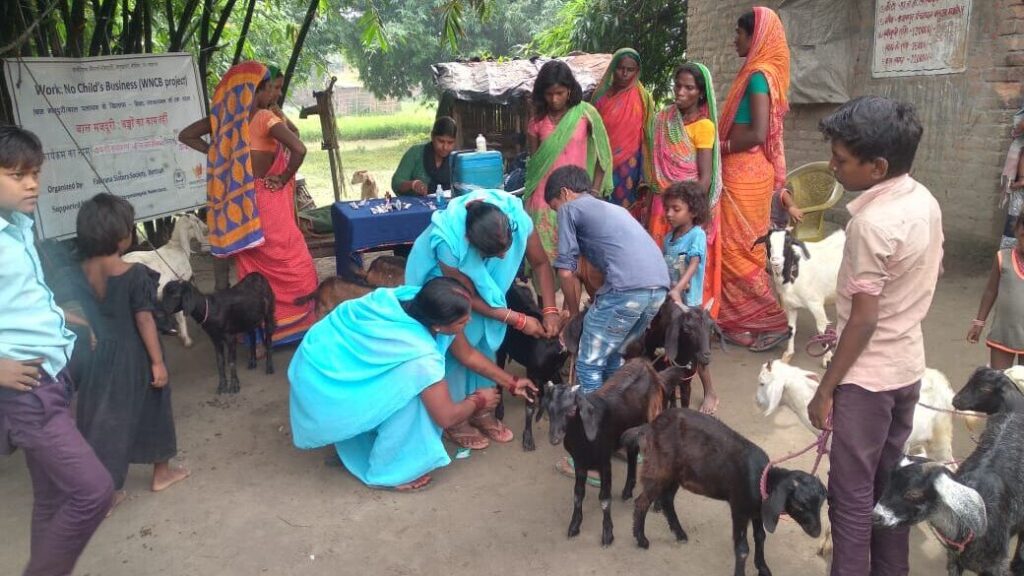
Door-to-door surveys
The WNCB programme in the Bihar region is very similar to the approach in the Rajasthan area. Through motivational centres, bridge schools and open schools, the WNCB partners focus on mainstreaming children back to formal schooling. Everything starts with having the right data and information. Venkat: “Through our local mobilisers we conduct door-to-door surveys. We find out how many children are not in school, and then we work with the community to find sustainable solutions. But we also register how many children are going to school. Who of them are frequently absent. Based on the data we connect with the parents, and we try to motivate them to send their children to schools.”
“For these surveys, our mobilisers also go to the schools. They do not just speak to the teachers, they personally go to see who is in the classroom. If a child not there, they will track the child. We will call the parents and ask them to please send the child back. If a child is back at the workplace, we will also try to find out what the reason is. It may well be that he or she has had some problem with the schoolteacher. Our mobilisers try to resolve issues, making it clear to everyone that our children are our VIP’s, and that they deserve education.”
Mobilisers are key in the community
So, who are the mobilisers, who is doing all this? Venkat responds: “Often they are young people, who show a fulltime passion for this type of community work. The fact that they are working for the community gives them a sense of ownership. The mobilisers are trained properly on education and on the situation in their working area. They know the children, the parents, the community. They are the ones that go into the schools to check and collect data, but they are also the people that go from home to home to find the children that are not going to school.”
“You might think that some people don’t like a mobiliser to come to their houses and check on where the children are”, Venkat adds. “But the reality is that, most of the times, people are really happy to receive somebody who is coming to their house and talk about the well-being of their children. Normally, nobody comes to talk to them. Especially if they are from the Dalit caste, they are on their own. And now there is someone who actually want to help their children. If they are successful, the mobilisers become the heroes of the community. We often hear stories of how such visits are transforming not only the child, but also the households and families.”
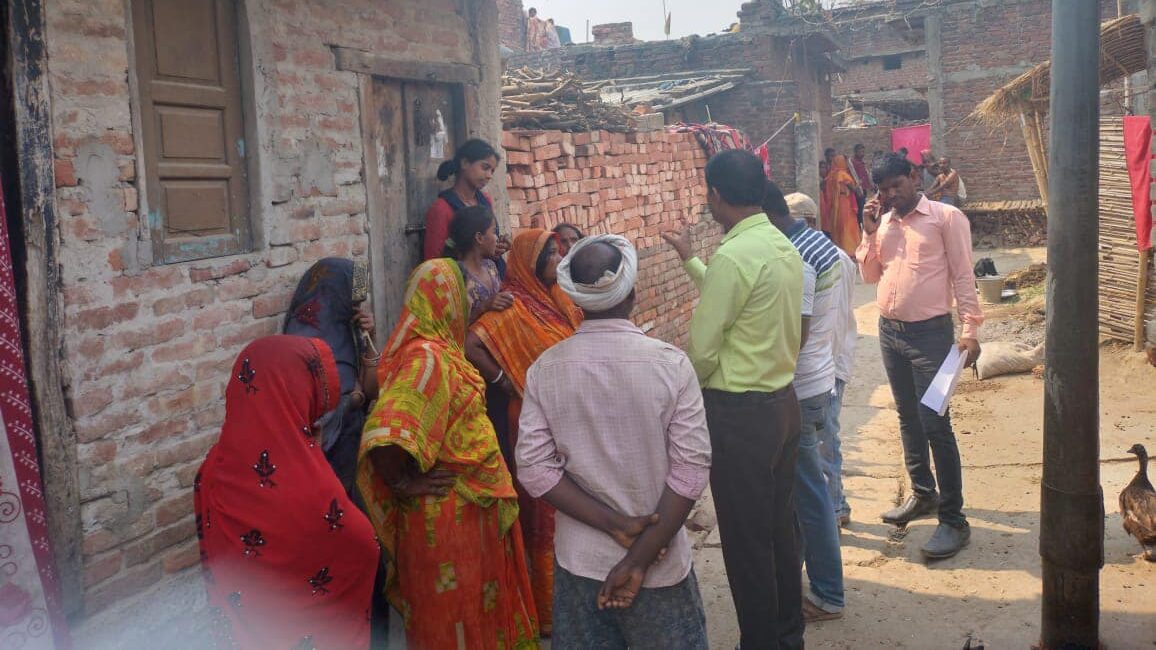
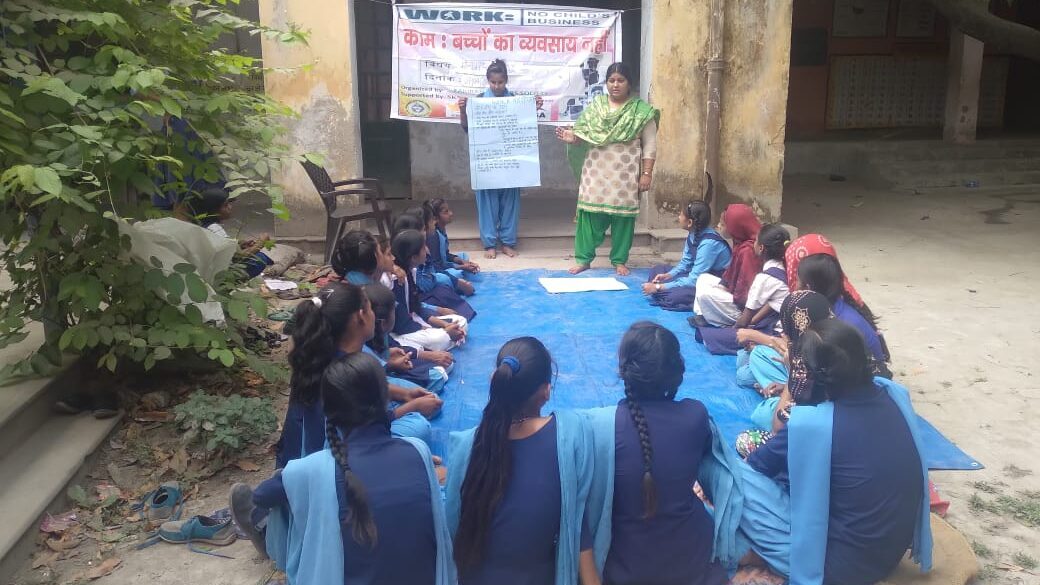
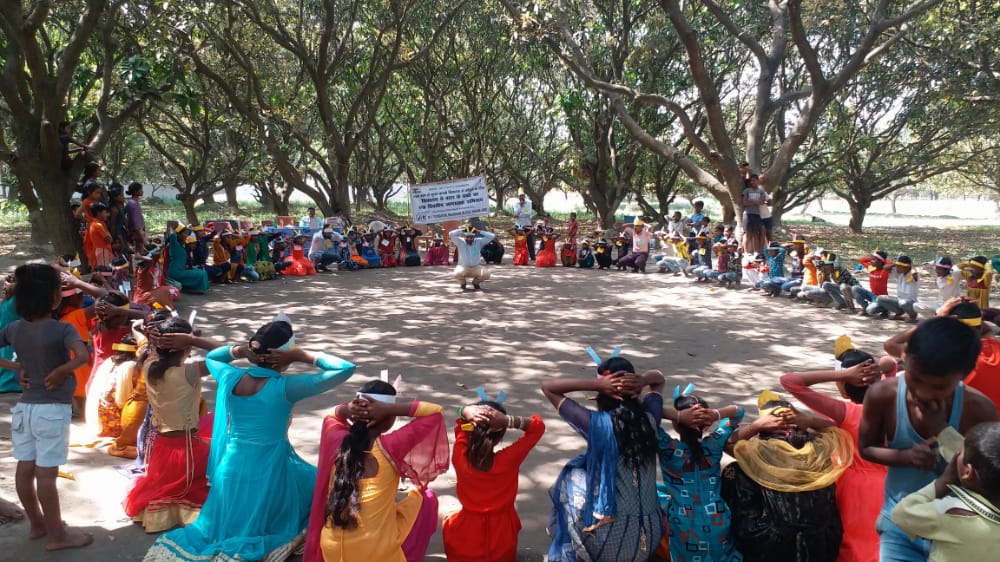
Respond to demand
Keeping track of school attendance works. It leads to a higher demand for education. And this is where it sometimes becomes frustrating, Venkat has to admit. “At state policy level, the response to the demands for education can be very slow. Sometimes, it leaves us in despair. Because when we are without teachers, what should we do? We cannot send the message to parents, saying ‘send your children to school’, when at the same time we need to tell them, ‘there is no teacher, sorry.’”
To address this challenge, Venkat and his colleagues, constantly need to enter negotiations. Not only at local level, but also at district level. They use the collected data to try and convince the authorities of the existing needs for education.
“The demand for education from the poorest people is something that has surprised us. They believe that education is the best response to their poverty. We see how parents, who at first were depending on their children’s income, are now investing in their children’s future. Buying a school bag, pens, etc. It is a significant change.”
Venkat Reddy
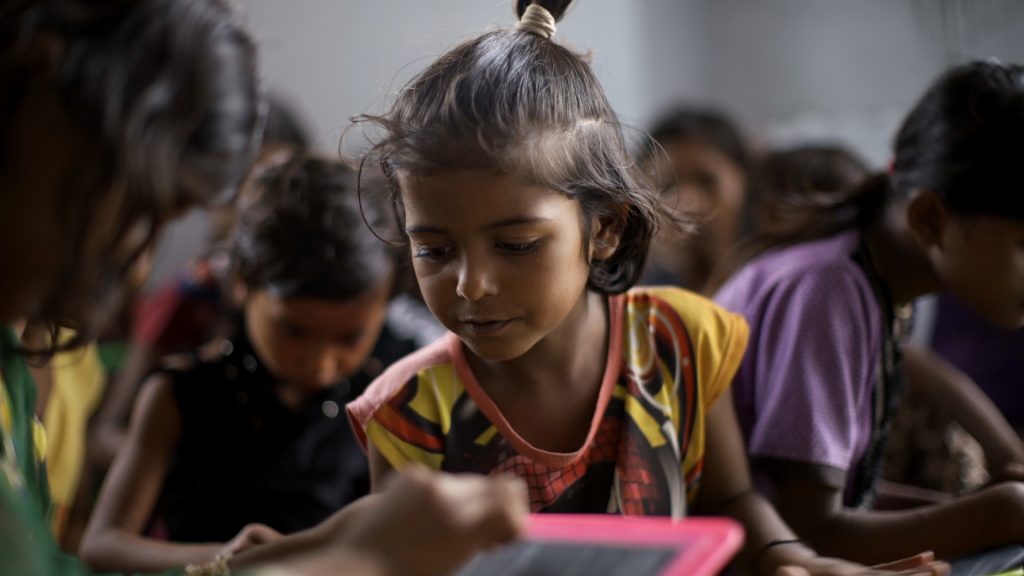
Mainstreaming journey
Venkat: “The process of mainstreaming children from work back to school is a big challenge. It is a long journey. Not only for the children and their parents. But also, for the community as a whole, including the authorities and our elected representants. It is a journey that needs to continue, even when the child is back in school.”
“This is how I see it”, Venkat concludes. “A child who is not in a school is a child labourer, and a potential student. A child who is in school is a student, but also still a potential child labourer. Only if everybody stays involved in the mainstreaming journey, we can prevent relapses and dropouts.”

